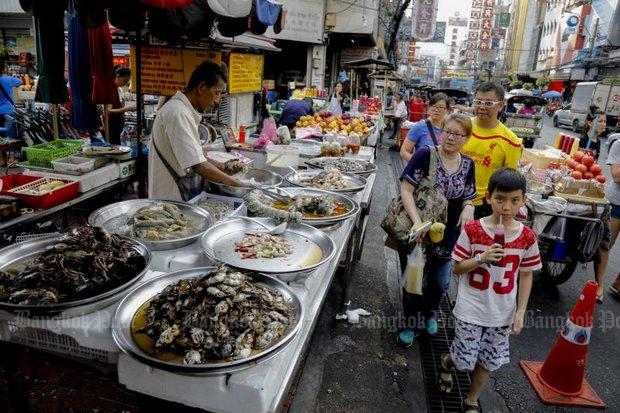
Under the military-appointed Bangkok governor, City Hall has banned most street vendors in many parts of the city including the Yaowaraj (Chinatown) area. (File photo)
BANGKOK – City Hall’s efforts to regulate the use of pavements is damaging one of Thailand’s biggest tourism draws, an expert at Chulalongkorn University’s Urban Design and Development Centre (UCDC) has warned.
“The government is trying to make street vendors disappear, despite the global recognition of Thailand’s street food scene,” said Adisak Guntamuanglee, an expert on urban planning at the UCDC.
The Bangkok Metropolitan Administration (BMA) must find a better policy to manage space, or risk losing its tourism magnet status and hurting the local economy, Mr Adisak said in a seminar entitled “Brainstorming for Practical Rules for Street Vendors” held at Thammasat University.
Mr Adisak floated the idea of a so-called “co-eating space”, a concept he said could possibly replace street carts that are seen by some as old-fashioned and unhygienic, while allowing food vendors to remain on pavements.
In several countries, pavements are designed with rest areas that can be used by street vendors, he said.

Adisak Guntamuanglee: ‘City Hall can do more than just keep vendors off sidewalks’
“Public spaces, including sidewalks, are not only intended for pedestrians,” he said.
Mr Adisak said that certain places, such as the area underneath the BTS Skytrain station in Ari, should be declared off-limits to vendors as they are reserved for ambulances.
However, other areas with pavements that are wide enough to be split and designated as space for street vendors should be redesigned to make them attractive for both Thais and foreigners, he said.
The government will, however, have to invest more in sanitary and waste disposal systems to ensure food hygiene and prevent the vendors’ activities from affecting the environment, he said.
“The BMA has the power to manage and address all these issues through better regulations. It can do more than just keep vendors off sidewalks,” he said.
It is estimated that there are about 300,000 street vendors in Bangkok alone, 37% of who are food vendors, said Poonsap Suanmuang of the Foundation for Labour and Employment Promotion.
Assuming that each vendor family has four to five members, the BMA’s regulation may affect the lives of between 1.3 million and 1.5 million people, she said.
“All they want is a space where they can earn a living. They are not asking for any financial support from the government, or anything else,” she said.
Narumol Nirathron, an academic with Thammasat University’s Faculty of Social Administration, concurred with Ms Poonsap and said the BMA’s regulation is a top-down policy that adversely affects a large number of people.
BMA executives tend to view street vendors as non-Bangkok residents who are causing problems with the city’s cleanliness and waste management, according to Ms Narumol.
Natdanai Kulthatchayakaranan, a street vendor on Silom Road, said many vendors like him have been cooperating with the BMA’s efforts to better regulate the use of Bangkok’s pavements.
They were always willing to move when asked to stay away from roads and keep the pavements clean, but in the end they were told to leave nonetheless, he said.
Aom, a street food vendor who works on Soi On Nut 70, said the area has won numerous awards for being an outstanding place to get street food.
But when the BMA implemented its strict policy, street vendors in the area were forced to move away from the pavements to a new location, where the rent is simply too high, she said.
“We are living solely on the income we earn from selling things,” she said.
“They are taking the money that we have set aside for our children’s education, as well as to pay off our household debts.”
Source: BANGKOK POST https://www.bangkokpost.com/news/general/1582794/street-vendor-rules-in-bangkok-hurting-tourism


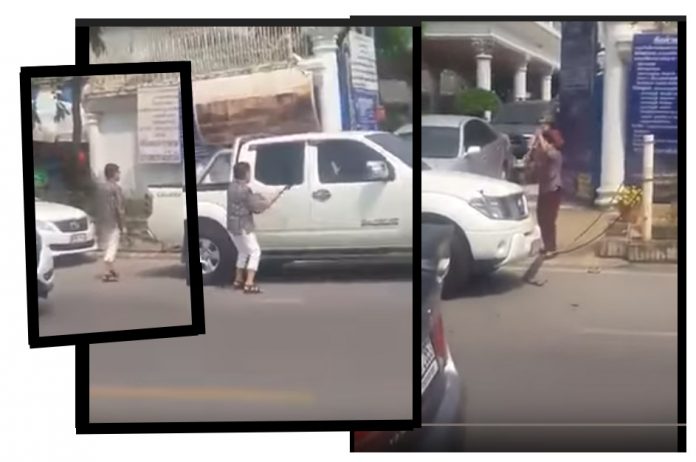

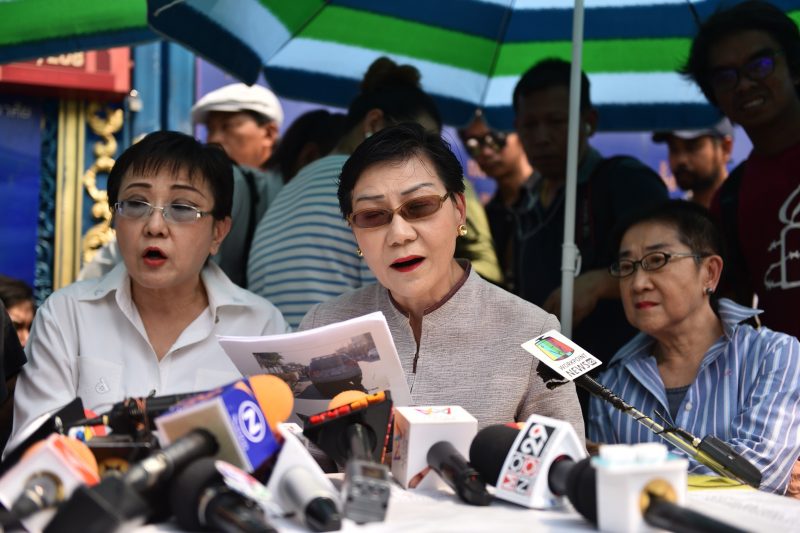

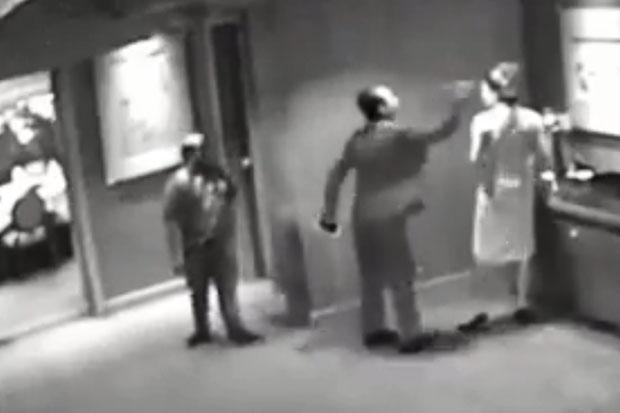
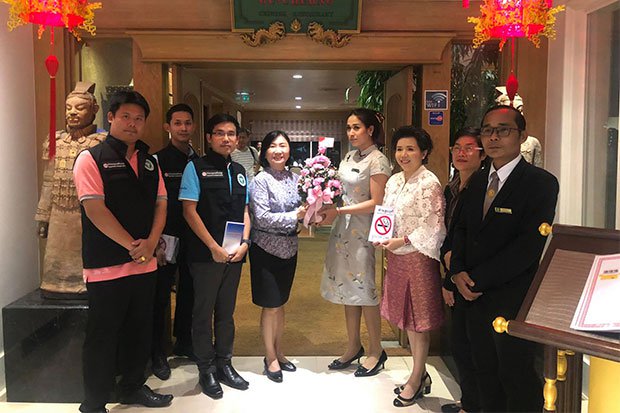
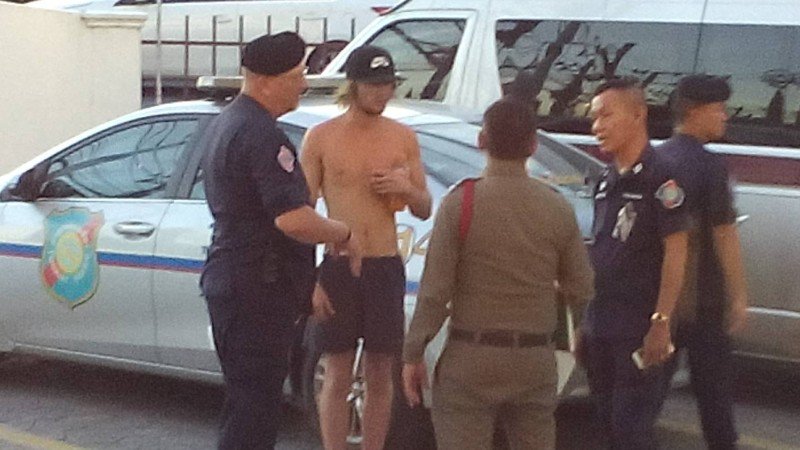

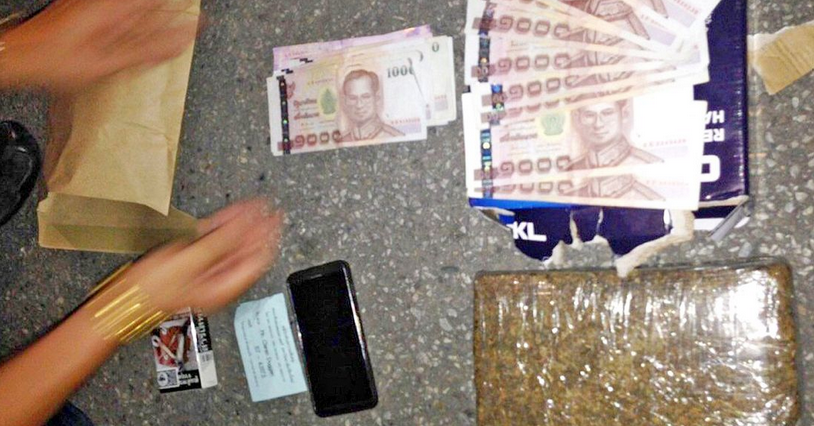
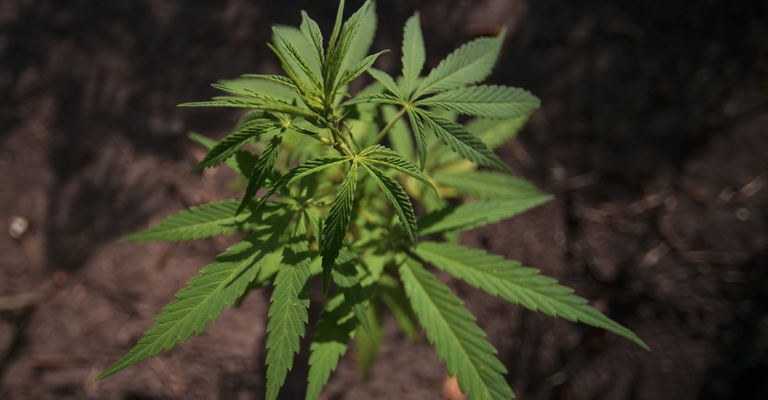
You must be logged in to post a comment.